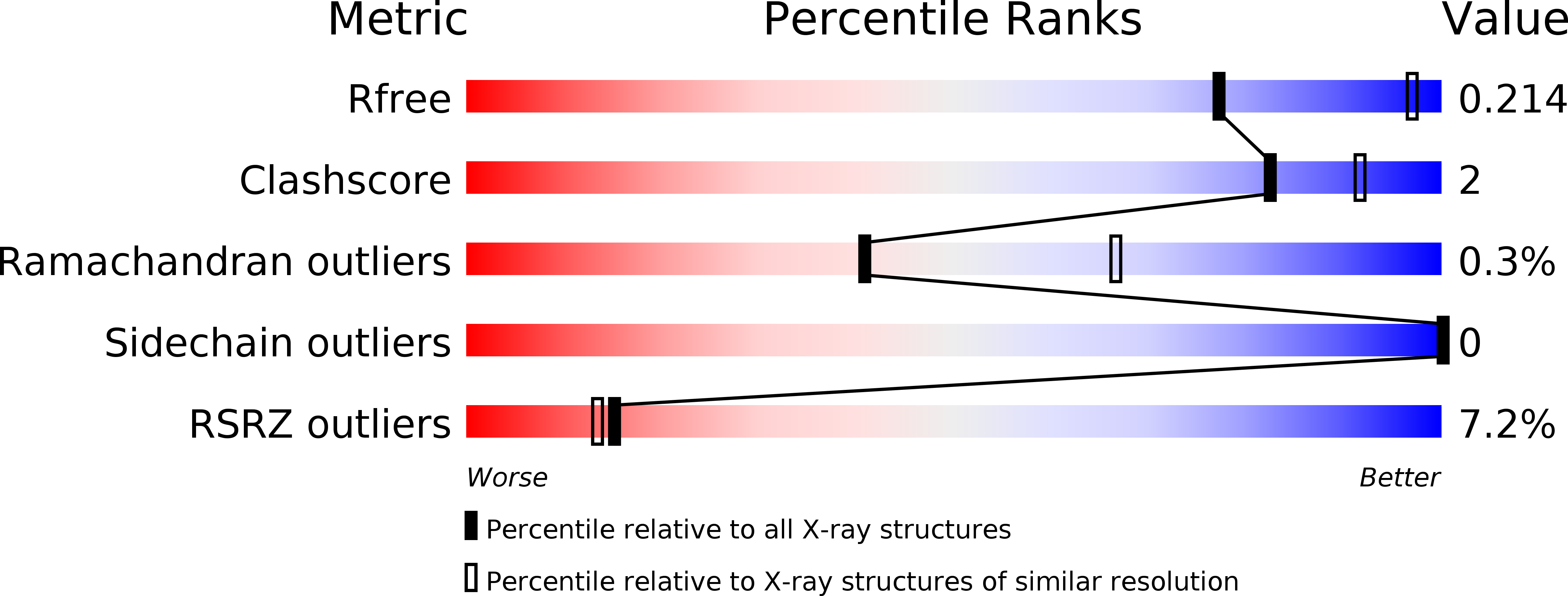
Deposition Date
2013-10-02
Release Date
2014-04-30
Last Version Date
2024-05-08
Entry Detail
PDB ID:
4C95
Keywords:
Title:
Crystal structure of the carboxy-terminal domain of yeast Ctf4 bound to Sld5
Biological Source:
Source Organism:
SACCHAROMYCES CEREVISIAE (Taxon ID: 4932)
Host Organism:
Method Details:
Experimental Method:
Resolution:
2.69 Å
R-Value Free:
0.21
R-Value Work:
0.17
R-Value Observed:
0.18
Space Group:
P 2 21 21


